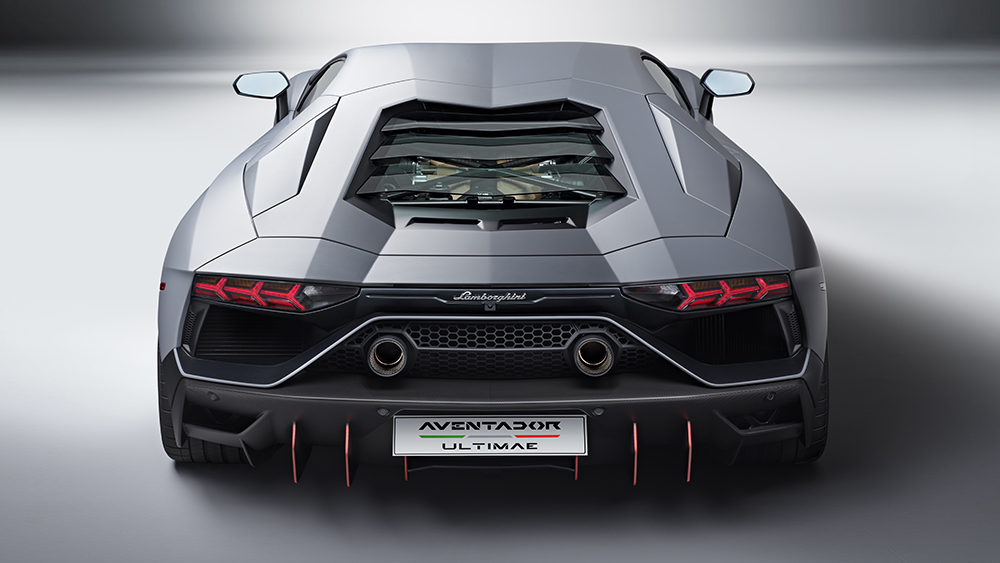
When it comes to collectibles, the earliest examples of any item are often the most coveted. Take Mickey Mantle’s rookie-season baseball card, or a first edition of John James Audubon’s The Birds of America, both of which can fetch eight figures. In the rarefied sphere of high-end automobiles, though, where the alpha and omega of significant models can be equally appealing—and, sometimes, equally pricey—collectors are now at a crossroads never before encountered.
The current market window has opened wide enough that legacy marques will soon be able to present both their first EVs and grand finales of lineups powered solely by internal-combustion engines (ICE). It begs an interesting question: Which will offer the greatest return on investment down the road—the vehicles at the end of an era, or those that usher in a new one?
“Collectors have always prized these ‘bookends’ of production, and it seems logical to expect this phenomenon to apply with ICE and electric cars,” says Rupert Banner, global head of specialists at Bonhams Collector Cars. “The first, because they usually reflect the design of a car in its purest form,” he says, “while the last in a series is usually the definitive, fully evolved car.”
This pattern has already been observed with the likes of high-performance offerings from Lamborghini, which revealed its first V-12 plug-in hybrid at the end of March and will debut an all-electric Raging Bull by 2030. “There are two clear trends with our customers,” says Andrea Baldi, CEO of Lamborghini America. “They would rather have an internal-combustion-engine car, if the regulations allow and if the manufacturer will be able to build it,” he says, citing the increased demand for the Aventador Ultimae and Urus Performante, the last of their respective ICE-powered lines. But when it comes to future hybrids and pure EVs from Sant’Agata Bolognese, “they also want the next one.” Baldi insists there’s “complete acceptance” among the client base regarding Lamborghini’s electrified future: “There’s no hesitation.”

Yet while there will always be a draw to the latest and greatest, only history can ultimately weigh the value of a collectible with an engine versus one with a battery. “Much is still in flux with the future of transportation in the realm of different technologies, not just limited to electric vehicles but also to alternative fuel and engine systems,” says David Gooding, founder and president of automotive auction house Gooding & Company. “While EVs and hybrids may become mainstays in the car world, the increased exclusivity, rarity, and limited access to traditionally gasoline-powered cars will continue to sustain their increasing value as collectibles over time.”
Although nobody can say for certain how market values will eventually map out, conventional engines have historically been driving factors in defining an automobile’s artistry and character—not to mention its collectibility—and can prove only scarcer as the car transitions from true machine to tech-laden tablet on wheels.
“The technical aspect of an ICE is most likely to remain more interesting over time, for the same reason that there remain many mechanical-watch brands long after the introduction of digital watches,” says Banner. “From an engineering perspective, it is just more complex, and the ‘how it works’ aspect is more fascinating.”
That assessment is especially prescient when considering badges that have been around from almost the beginning. Although its all-electric Spectre will start delivery at the end of the year, Rolls-Royce acknowledges an upcoming milestone that will likely overshadow it: the production of the very last Roller to be powered by internal combustion. “We will do something unique, very creative and spectacular,” says Martin Fritsches, president and CEO of Rolls-Royce Motor Cars Americas. “In my opinion, the last V-12s are going to be the most valuable. Yes, the first Spectres are going to be interesting too, but, proportionally, from an economic perspective, the last V-12s are going to be way more attractive—I’m sure about it.”







